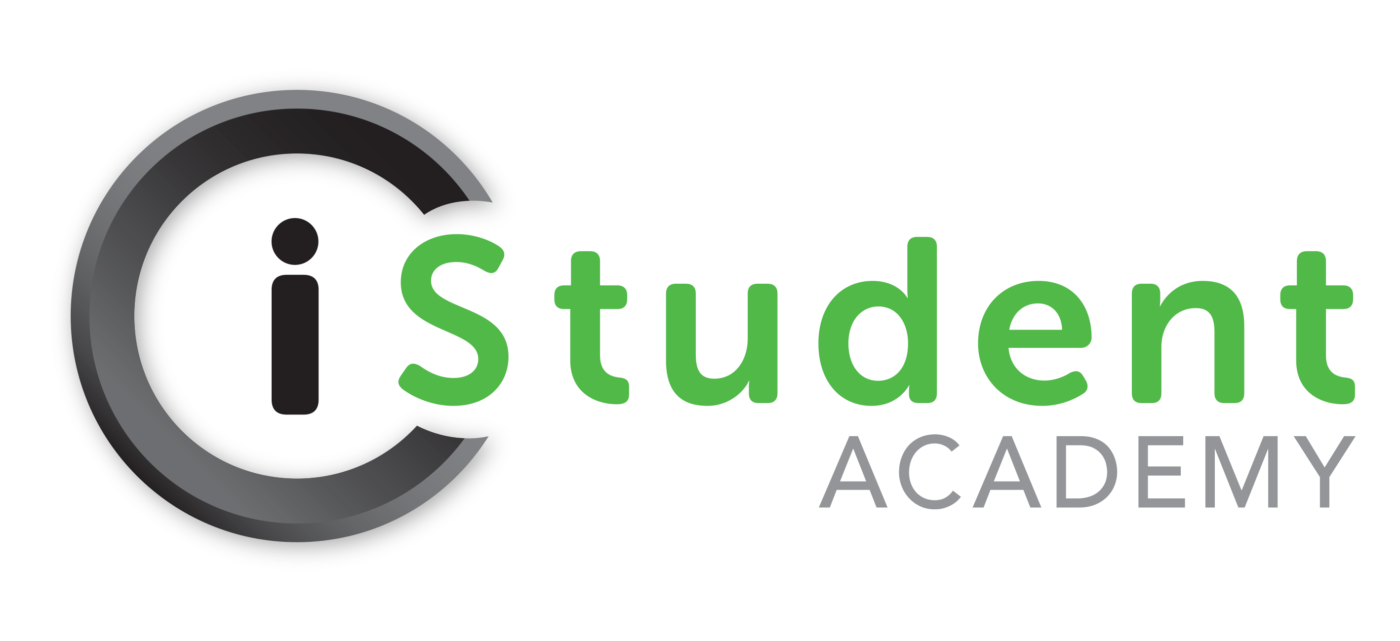This module focuses on introducing and developing students’ business computing skills and their understanding of computing in a business environment.
Business computing skills covered in the course relate to spreadsheets, word processing, search techniques and the use of computers as a presentation medium, using the Windows Operating Systems and Microsoft Word, Excel and PowerPoint.
The aim of this module is to teach learners to communicate effectively in a business environment, using a variety of techniques including oral and written communication skills.
This module covers the CompTIA A+ Hardware and Software Cirriculum, and the aim is to introduce learners to hardware and software fundamentals, such as PC infrastructure, peripherals, troubleshooting and installations.
This module covers components of the CompTIA N+ and Microsoft MTA 40366 Cirriculum. The aim of this module is to introduce Networking concepts such as topologies, WiFi, IP Addressing, LAN, WAN and network configurations.
This module cover the Microsoft MTA 40367 curriculum, and focuses on introducing learners to security risks to a PC Infrastructure such as Trojans, worms, viruses and risk management.
This module prepares students to meet the requirements of the Microsoft Modern Desktop Administrator Certification.
The aim of this module is to introduce learners to full operating system installations, and configure a multi-user networked operating system.
This module prepares students to meet the requirements for the Microsoft Administering Windows Server Hybrid Core Infrastructure Certification.
The content covers advanced server installation, configuration and administration to commission multi-user system software on a server computer.
15 Credits
This module will enable the learner to provide technical customer support, diagnose faults and provide structured solutions.





